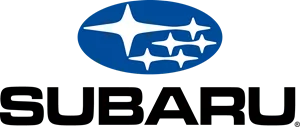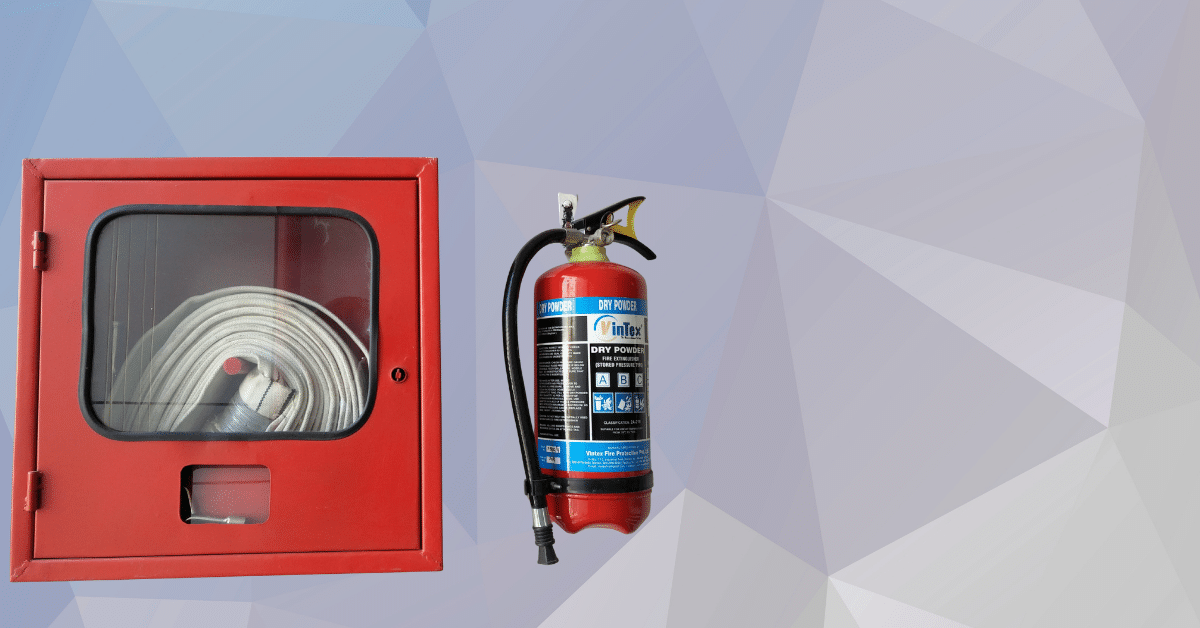Three summers ago, a warehouse supervisor in Oakland told me about a team member who started wearing headphones during standup.
It was not the noise. It was the nicknames that stuck after a new haircut and a change in pronouns. No one used slurs, but the jokes continued nonetheless.
The supervisor wanted to act, but her training had been focused on policy rather than practical experience. That gap is precisely why California SB 396 training requirements matter.
SB 396 expanded harassment-prevention content to teach leaders how to recognize and prevent conduct tied to gender identity, gender expression, and sexual orientation, and it added a required Transgender Rights workplace poster.
This guide provides the legal foundation, plain-English checklists, real-world examples, and a rollout plan that you can use this quarter.
A Quick Primer: Where SB 396 Sits in Today’s Rule Set
SB 396 was signed in 2017. It amended California’s harassment training law to require supervisor training to cover harassment based on gender identity, gender expression, and sexual orientation, and it mandated that employers post a state Transgender Rights in the Workplace notice.
Under Government Code § 12950.1, employers with five or more employees are required to train both supervisors and non-supervisors on a two-year cycle.
Supervisors receive 2 hours. Non-supervisors receive 1 hour. New hires and newly promoted supervisors must receive training within six months. Seasonal or temporary staff must be trained within 30 days or 100 hours, whichever comes first.
California SB 396 Training Requirements: What Employers Must Do
Use this section as your implementation checklist.
Who trains
- Employers with five or more total headcounts
- Supervisors: 2 hours within 6 months of hire or promotion, then every 2 years
- Non-supervisors: 1 hour within 6 months of hire, then every 2 years
- Temporary and seasonal workers: train within 30 days or 100 hours, whichever comes first
What must be covered?
- Sexual harassment definitions and examples
- Harassment based on gender identity, gender expression, and sexual orientation, with practical scenarios
- Retaliation prevention and the employer’s complaint process
- For supervisors, duties to act when they see or hear about issues, plus documentation basics
- Interactive elements that meet 2 CCR §11024
Records to keep
- Completions, rosters, agendas, and course outlines
- Trainer credentials
- Copies or links showing the Transgender Rights poster are available to onsite and remote teams.
Content SB 396 Adds to Your Course
Harassment linked to gender identity and expression
- Define gender identity, gender expression, and sexual orientation in plain language, then connect them to California protections
- Use practical examples such as misgendering, “jokes” about pronouns, policing clothing or appearance, gatekeeping bathrooms, and outing a coworker
- Include scenarios in chat, meetings, and shared workspaces so learners see how issues surface day to day
Required poster and policy touchpoints
- Post the Transgender Rights in the Workplace notice where employees can see it, and link it in onboarding for remote staff
- Add a one-page “how to report” sheet to your handbook and new-hire packets.
Interactivity that builds skill
- Branching scenarios with decisions and feedback
- Short Q&A in live sessions
- For e-learning, provide a way to contact a qualified trainer and receive a response within two business days.
Remote and Hybrid Realities
Distributed work introduces new exposure points that traditional courses may have overlooked. Include material addressing sexual harassment in the California training course for remote settings, so individuals know how to behave and how to report incidents through digital channels. Spell out that company rules apply in public and private chat, email, and text on any device used for work, audio and video calls, screen shares, virtual backgrounds, and recordings. Tie this to your reporting flow so policy is not just a PDF.
Rollout Plan That Hits Deadlines and Builds Habits
Map people and deadlines.
Export a roster with hire dates, promotion dates, and work locations: tag supervisors and non-supervisors, plus seasonal and temporary staff. Configure your HRIS to automatically assign due dates for the 6-month and 2-year cycles, as well as the 30-day or 100-hour rule for temporary employees.
Pick your delivery mix.
The state’s Civil Rights Department publishes free trainings that meet statutory requirements. Many employers use them for coverage and add a short manager clinic focused on your policy, reporting paths, documentation, and digital scenarios.
Build interaction without bloat.
For e-learning, add branching choices and knowledge checks every few screens. Include a way to contact a qualified trainer and commit to responses within two business days. For webinars, reserve time for Q&A and capture attendance.
Press recordkeeping into service
Keep certificates, rosters, and outlines for at least two cycles. Save the date you posted or distributed the Transgender Rights notice. These small tasks pay off during audits or disputes.
Case Study: From Banter to Better Signals
A Bay Area logistics company rolled out SB 396 content to 180 employees. They blended the state course for everyone with a 30-minute supervisor lab that rehearsed three SB 396 scenarios and gave leaders a “first sixty seconds” script. They also pinned the Transgender Rights poster link in the onboarding portal for remote teams. Within eight weeks, HR saw earlier reporting, fewer pile-ons in chat, and faster manager responses tied to the script. That is culture change built on simple, consistent moves.
AB 2053 vs. SB 396: How They Fit Together
California AB 2053 requires training to include abusive conduct prevention, essentially anti-bullying content. California SB 396 requires coverage of harassment based on gender identity, gender expression, and sexual orientation, plus the Transgender Rights poster.
Modern courses weave both so managers learn to respond to broad bullying patterns and identity-based harassment with equal clarity.
Related Statutes That Shape the California Program
Mention and map these when planning your course and audit file: California AB 1825 established the original supervisor training requirement, California SB 1343 expanded training to employers with five or more workers and added a one-hour requirement for non-supervisors, and California SB 778 clarified the timing and refresh cycles.
Together, they define cadence, audience, and scope for training that reduces harassment in California.
The Takeaway
SB 396 made California’s harassment training sharper and more practical. When your program includes true-to-life scenarios about gender identity and expression, a visible path to report, and interactivity that builds manager skill, people feel safer, and leaders act sooner.
Pair the legal core with simple guardrails, track completions the same way you track payroll, and you will see fewer “I did not know what to say” moments and more steady teams.
FAQs
Does SB 396 training change who must be trained or what must be taught?
SB 396 training focuses on what is taught. It adds explicit coverage of harassment tied to gender identity, gender expression, and sexual orientation, and requires posting the Transgender Rights notice. Coverage thresholds and 1-hour or 2-hour timing are specified in §12950.1. In practice, pair California SB 396 training requirements with your standard schedule so both supervisors and non-supervisors stay current without adding extra sessions.
We are fully remote. Does SB 396 training still require a posted notice?
Yes. SB 396 training requires that the Transgender Rights notice be made available to all employees.
For remote teams, link the poster in onboarding, your HR portal, and policy hub, and reference it inside the course. Call out where to find it during live sessions.
Add reminders to your chat tools and intranet to simplify access. Visibility, combined with training, makes the protections real for distributed teams.
What makes SB 396 training “interactive” under California rules?
SB 396 training must do more than deliver video. Acceptable formats include live classes or webinars with Q&A sessions, e-learning courses with branching scenarios and knowledge checks, and access to a qualified trainer who can answer questions promptly.
Build short decisions into modules, add office hours or an inbox for trainer support, and log responses. Interaction turns rules into skills managers can actually use.
How should we handle temps and seasonal staff under SB 396 training?
SB 396 training follows the 30-day or 100-hour rule for temporary and seasonal workers. If a staffing agency employs a worker, it provides training.
Ask for certificates, keep them with your rosters, and track refresh dates like any other employee. For on-and-off roles, schedule brief refreshers tied to assignments. Clear documentation prevents gaps and shows good faith in compliance checks.
Why include LGBTQ-specific scenarios if SB 396 training covers all harassment?
SB 396 training improves outcomes by teaching pattern recognition. Data show higher rates of discrimination for LGBTQ workers, particularly transgender employees. Practical scenarios help managers act early and consistently, from correcting misgendering to stopping bathroom gatekeeping. The aim is not just policy awareness. It is faster, fair responses that reduce risk, improve culture, and prevent sexual harassment in a remote workplace.


















